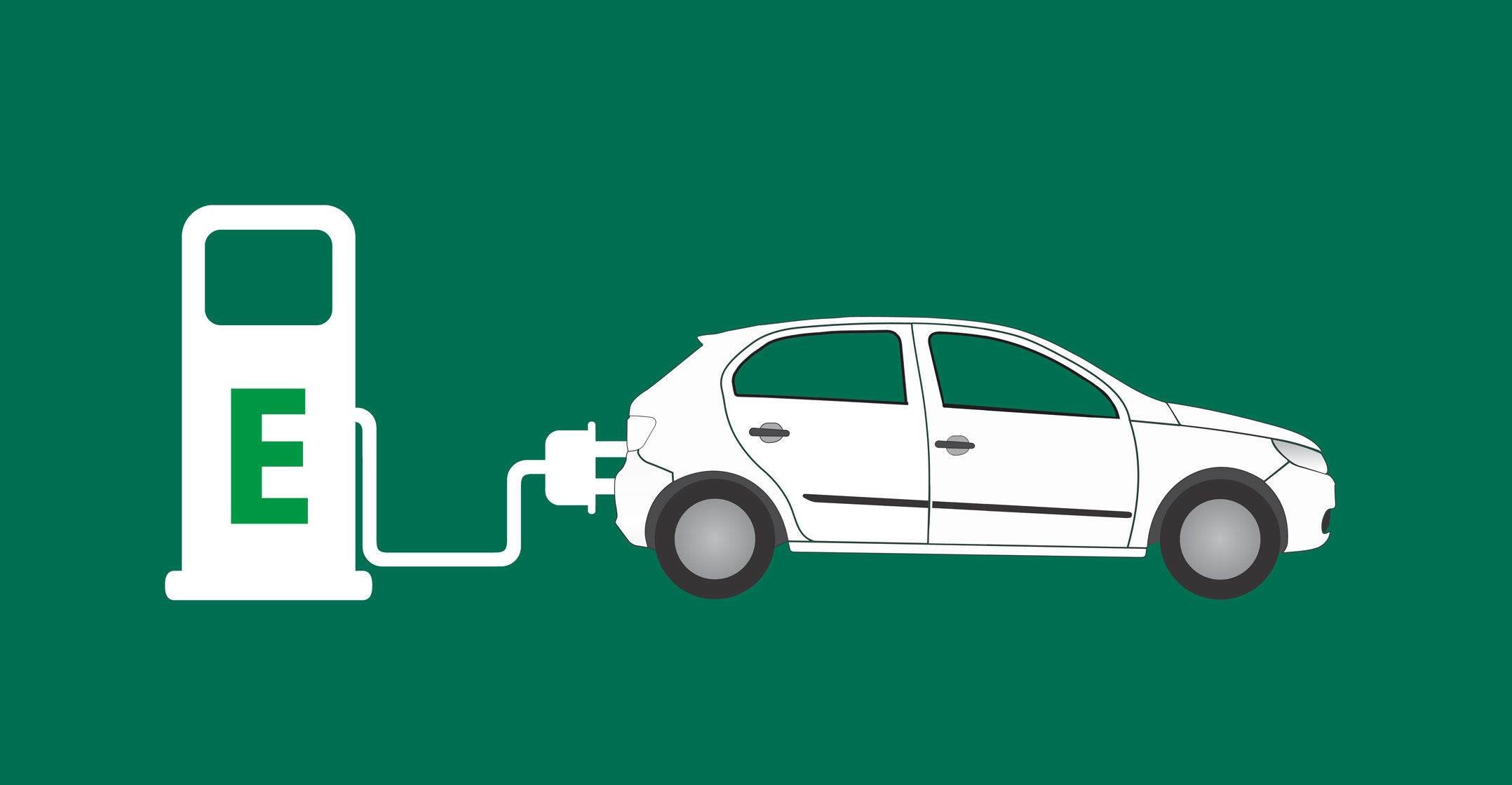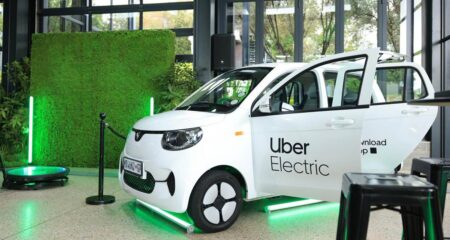
Ride-hailing companies like Uber Technologies will see demand boom between now and 2040, hobbling global auto sales growth, according to a new study from IHS Markit.
As a growing number of consumers turn to ride-hailing in shared cars that rack up more miles than personal ones, new light-vehicle sales growth will slow to a crawl. The mobility-as-a-service industry will itself buy more than 10m cars in 2040 in the four markets examined in the study — China, Europe, India and the US — compared to about 300 000 in 2017, but it won’t be enough to prevent new car sales growth from slowing “substantially,” IHS Markit said.
“A great ‘automotive paradox’ — where more travel via car than ever, but fewer cars will be needed by individuals — will be a defining quality of the new automotive future,” said Daniel Yergin, IHS Markit vice chairman. “The shift is just beginning.”
As would-be-drivers hail more shared rides between now and 2040, the cars they call will be changing as well. About 30% of new cars sold in the four key markets will be fully electric or plug-in hybrids, up from about 1% last year, the study found.
Consumers will take a bigger interest in electric cars as their costs drop, driven by cheaper battery packs. Right now, battery packs cost about US$200/kWh, said Tom De Vleesschauwer, transport and mobility practice leader at IHS Markit. Car makers need to get costs down to about $100/kWh to be competitive with a petrol-powered car, IHS Markit said, forecasting price parity in the 2030s.
But just because electrification is on the rise doesn’t mean oil’s going away. Although oil will no longer have a “monopoly” as a transportation fuel, cars powered by petrol or diesel will still make up about 62% of new car sales in 2040 in the study’s four key markets, down from 98% last year.
Cars with an internal combustion engine will still comprise a majority of new car sales in 2040, especially as hybrids gain in popularity, IHS Markit said.
“The automotive future will be defined by transformation unlike anything we’ve seen since the dawn of the automotive age. Still, our analysis shows that there will be much that looks familiar, even in 2040.” — Reported by David Welch and Joe Ryan, (c) 2017 Bloomberg LP




